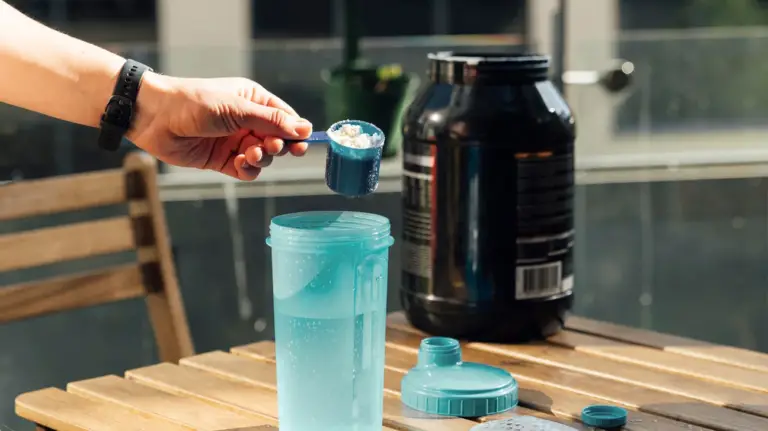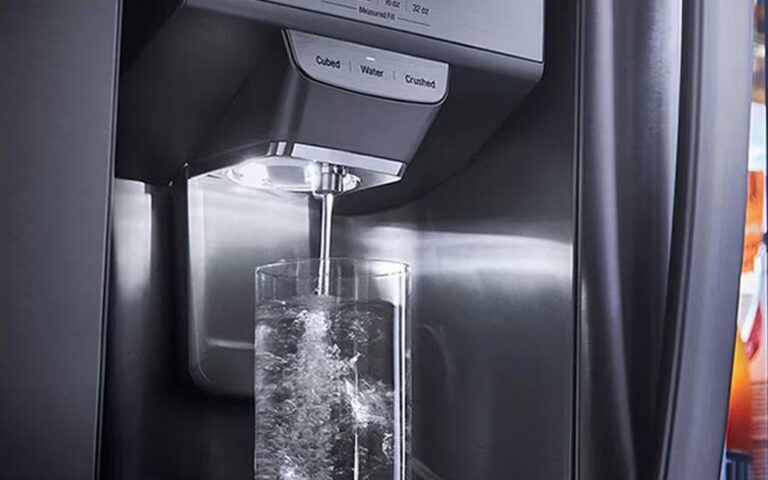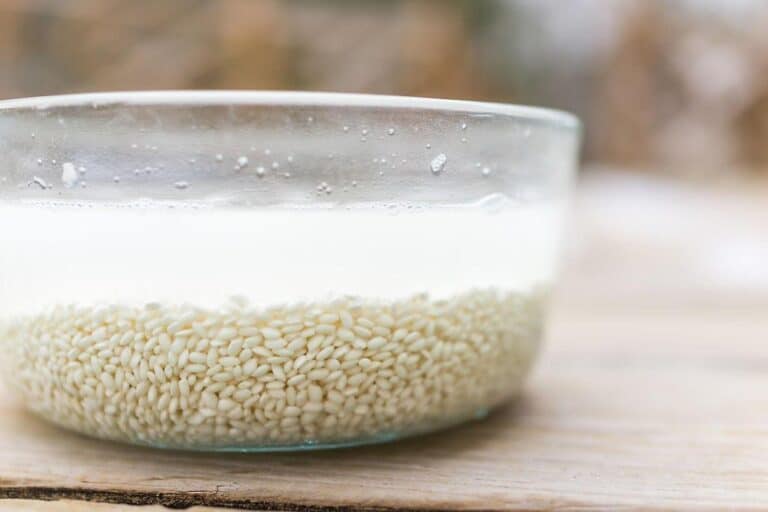What Does It Mean if Your Tomato Sauce Turns Pink? Causes and Solutions
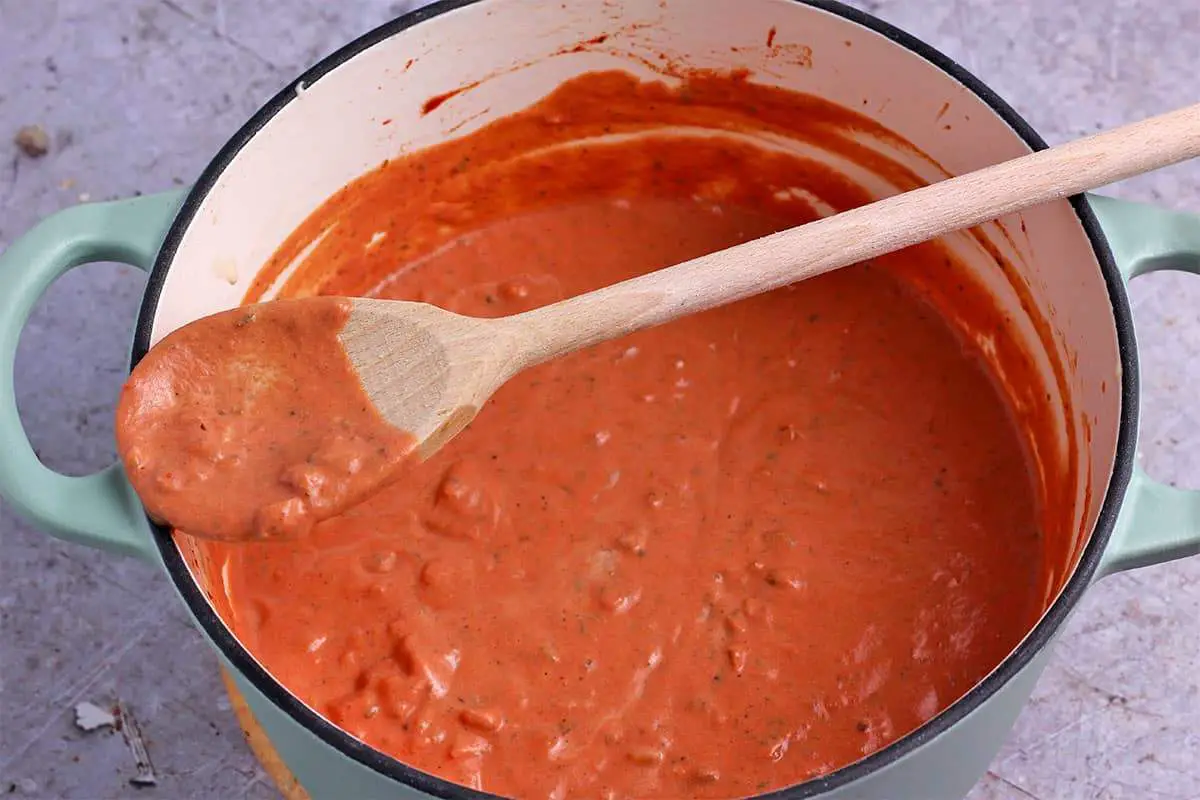
We’ve all been there: you’ve spent hours cooking the perfect batch of homemade tomato sauce. The smell fills the house, and your taste buds are already celebrating. But then you look at the sauce, and something’s off. It’s not the deep red you were expecting. Instead, it’s… pink? Uh-oh.
So, what does it mean if your tomato sauce turns pink, and more importantly, how can you fix it?
Don’t panic just yet! This unusual color shift might be more common than you think, and there are several reasons it could happen. But don’t worry—I’ve got you covered with explanations and solutions to get your sauce back on track.
Why Does Tomato Sauce Turn Pink?
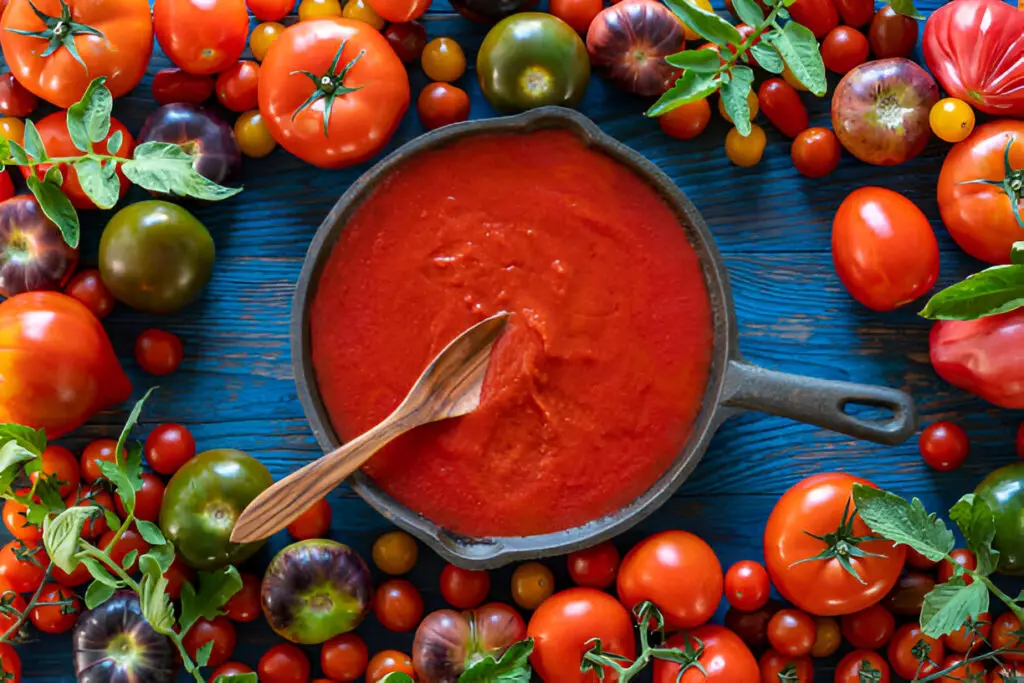
Let’s dive into some of the most common reasons why your tomato sauce could take a detour from rich red to an unexpected pink hue.
1. Under-Ripe Tomatoes
One of the main culprits behind pink sauce is using underripe tomatoes. Greenish or light-colored tomatoes, even when cooked down, can sometimes give your sauce a paler or pinkish tint. It’s a sign that the tomatoes weren’t fully ripe and didn’t have the usual deep red pigments that create the rich color.
Pro Tip: Next time, wait for those tomatoes to reach their full ripeness. Not only will you avoid the pink problem, but your sauce will have that deep, rich flavor that makes you want to keep coming back for seconds.
2. The Variety of Tomato Matters
It’s not just about ripeness or overripe tomatoes. The variety of tomato you’re using can play a role in the color of your sauce too. Some tomato varieties are naturally paler or more yellowish, which can lend a slightly pinkish hue to your sauce. For instance, heirloom varieties or yellow tomatoes will create a more pastel-toned sauce.
Solution: If you’re picky about the color of your sauce, stick to well-known red varieties like Roma or San Marzano, which are known for their vibrant, deep red color.
3. Acidity Levels
Tomatoes are naturally acidic, but some varieties or even the growing conditions can affect the acidity levels. When the pH is on the lower side, the sauce tends to stay a deeper red. If the acidity is a bit more mellow, like with some hybrid tomatoes, your sauce might lean more towards pink.
Fixing it: If you’ve got a batch that’s a little too acidic or a little too mellow, try adding a teaspoon of lemon juice or vinegar to balance the pH, bringing that color and flavor back to normal. In the end, it will reduce the acidity of your tomato soup and sauces.
4. Cooking Method
The way you cook your sauce also influences its color. When you cook tomatoes, the heat breaks down the lycopene (the pigment responsible for the red color). If you’re cooking your sauce on a low heat for a long time, you might not extract enough color from the tomatoes. Instead, you could end up with a sauce that’s more pink than red.
Solution: Consider turning up the heat just a bit to allow the sauce to reduce more quickly, intensifying the color. If you prefer slow-cooked sauce, be patient, but stir often to ensure even cooking.
5. Adding Dairy
Ah, dairy. That creamy touch that makes sauces taste richer, smoother, and all-around more delightful. But did you know that adding dairy, especially milk or cream, to your tomato sauce can change its color? Dairy can neutralize some of the acidity in tomatoes, and when combined, the result might be a slightly pinker sauce.
What you can do: If you like to add cream or milk to your tomato sauce, try a splash of olive oil or a spoonful of sugar instead. They’ll help balance out acidity without affecting the color as much.
Is Pink Tomato Sauce Safe to Eat?
Absolutely! While it might look a little different, pink tomato sauce is perfectly safe to eat. The pink hue doesn’t mean anything is wrong with the sauce. It’s just a visual anomaly.
Your sauce could still have all the delicious flavors you’re looking for. If anything, it’s just an aesthetic issue—more of a “Hey, what happened?” moment than anything that affects the taste or quality.
How to Fix Pink Tomato Sauce
Okay, so now we know what causes the pink tint in tomato sauce. But how do we fix it? What can you do to ensure that next time your sauce has the deep, rich, red color that makes your dish look irresistible? Here are a few fixes:
1. Balance the Acidity
As I mentioned earlier, a slight imbalance in acidity can contribute to a lighter-colored sauce. You can bring back the red by adding a small amount of acid to the sauce—try a dash of lemon juice, balsamic vinegar, or even a little red wine vinegar. These will not only bring back the color but will also enhance the flavor.
2. Cook It Longer
If you didn’t cook the sauce long enough, it might not have had a chance to develop its full color. Let your sauce simmer for a longer period of time, stirring occasionally, to help deepen the color. A longer tomatoes cooking time also brings out the umami flavors, so it’s a win-win!
3. Add Tomato Paste
Another way to deepen the color of your sauce is to add a spoonful of tomato paste. Not only does it add richness and thickness, but it can also enhance the red hue of your sauce. Just be careful not to overdo it, as paste can be potent!
4. Don’t Add Dairy Too Soon
If you’ve added cream or milk to the sauce and noticed it turned pink, try adding the dairy at the very end of the cooking process. The earlier you add it, the more it can affect the acidity and color. Adding it late will still give you the creamy texture without losing too much color.
| Related: Should You Remove Seeds from Tomatoes When Making Salsa? |
How to Prevent Tomato Sauce from Turning Pink in the First Place
Prevention is always the best cure, right? Here are a few tips to help ensure that your tomato sauce stays as vibrant as you intend from the get-go:
1. Choose the Right Tomatoes
Start with ripe, high-acid tomatoes like Roma or San Marzano. These tomatoes are known for their deep red color and tangy flavor, giving your sauce the best possible foundation. If you use heirloom varieties or yellow tomatoes, keep in mind that they may alter the color of your sauce.
2. Cook at a High Heat
Don’t be afraid to turn up the heat when cooking your tomato sauce. A medium-high heat will break down the tomatoes and release the lycopene faster, ensuring you get that gorgeous red color. Once the sauce starts simmering, you can reduce the heat to maintain the flavor without affecting the color.
3. Avoid Adding Dairy Early
If you plan to add cream or milk for a creamy texture, wait until the sauce is fully cooked and reduced. This will minimize the chances of a pinkish hue and will help preserve the color you worked so hard to achieve.
Conclusion
So, what does it mean if your tomato sauce turns pink? It’s usually a harmless anomaly caused by factors like under-ripe tomatoes, cooking methods, or the natural acidity levels of the tomatoes you use. The good news is that the color doesn’t affect the safety or flavor of your sauce. If you want to fix it or avoid it in the future, simply adjust your cooking process, add a bit of acid or tomato paste, and be mindful of the tomatoes you choose.
Ultimately, pink sauce is nothing to worry about. As long as the taste is there, your spaghetti sauce is still a win. But, if the color bugs you, these tips will help you get that deep, delicious red color you crave!



